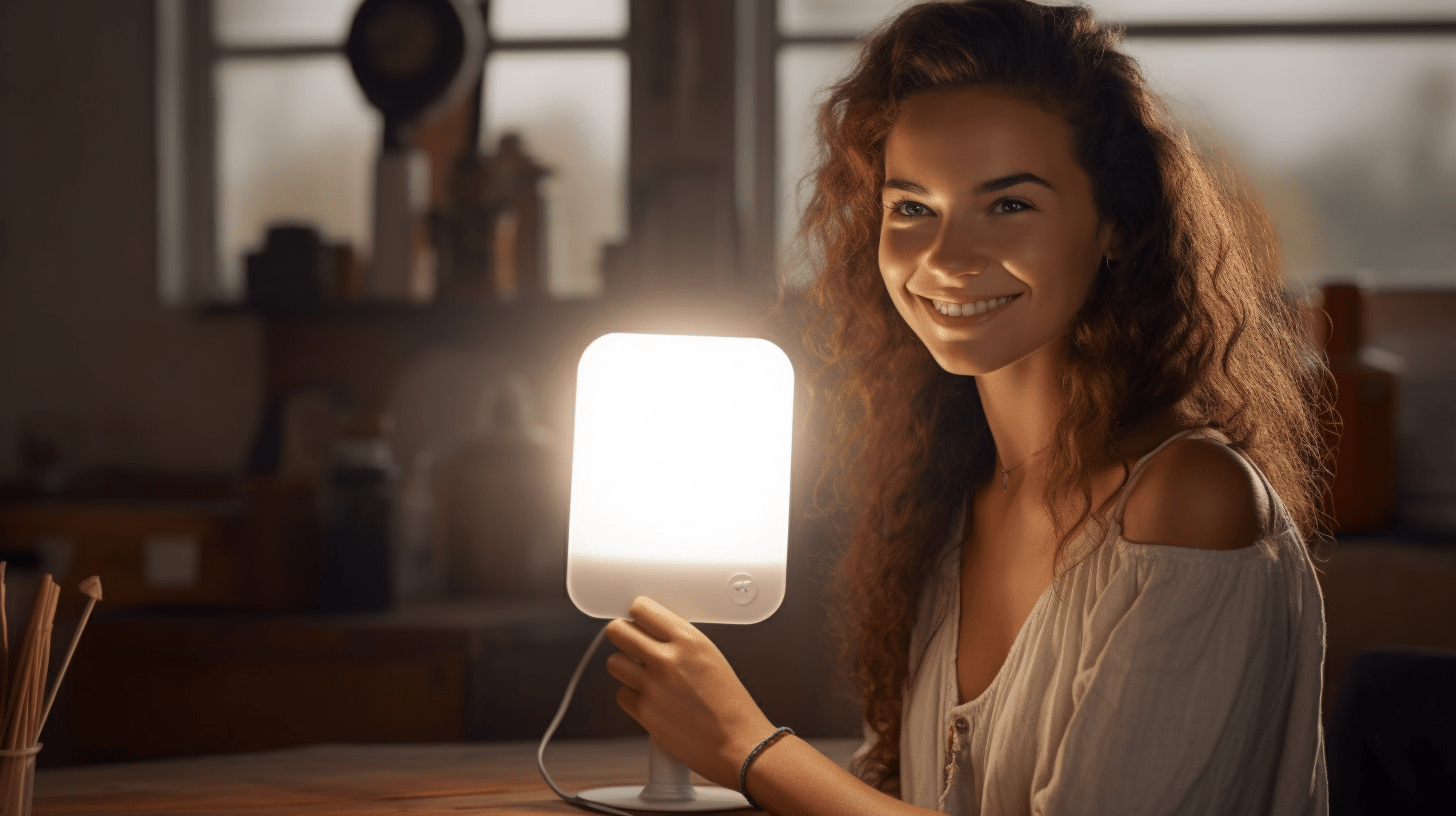Introduction:
As the days grow shorter and the nights longer, many people experience changes in their mood and energy levels. For some, this shift in seasons can lead to a condition known as Seasonal Affective Disorder (SAD). In this blog post, we’ll explore what SAD is, its connection to depression and anxiety.
Understanding Seasonal Affective Disorder (SAD):
Seasonal Affective Disorder, often referred to as SAD, is a form of depression that follows a seasonal pattern. It typically begins and ends at the same times each year, most commonly in the fall and winter months when daylight hours decrease. People with SAD may experience symptoms such as persistent sadness, low energy, changes in appetite, and difficulty concentrating.
The Connection to Depression and Anxiety:
SAD is closely related to other mood disorders, particularly major depressive disorder and generalized anxiety disorder. Individuals with SAD may already have a history of depression or anxiety, and the changing seasons exacerbate their symptoms. This overlap underscores the importance of early intervention and treatment.
Light Therapy: A Beacon of Hope:
One of the most effective treatments for SAD is light therapy, also known as phototherapy. This treatment involves exposure to bright, artificial light that mimics natural sunlight. Light therapy helps regulate the body’s internal clock, improve mood, and reduce the symptoms of depression and anxiety. Regular sessions with a lightbox can bring significant relief to those affected by SAD.
1. Light Source:
- Light therapy requires a specialized lightbox or lightbox lamp. These devices are designed to emit a specific spectrum of light that mimics natural sunlight. They are available in various sizes and designs, including desk lamps and light panels.
2. Timing and Duration:
- The timing of light therapy sessions is crucial. They are typically done in the morning, as exposure to bright light early in the day helps reset the body’s internal clock. However, individual preferences and schedules may vary.
- A typical light therapy session lasts from 20 to 30 minutes, although the duration can vary based on the intensity of the light and individual needs.
3. Setup:
- To begin a light therapy session, the individual positions themselves in front of the lightbox at a distance specified by the manufacturer’s guidelines. Usually, it’s around 16 to 24 inches away from the face.
- It’s important not to stare directly into the light, but rather keep the eyes open and engage in normal activities like reading, working, or eating during the session.
4. Intensity and Lux:
- The intensity of the light is measured in lux (lumens per square meter). Lightboxes for SAD typically provide 10,000 lux of illumination, which is much brighter than indoor lighting but less intense than direct sunlight.
- Lower-intensity lightboxes are available for other purposes, such as treating sleep disorders or jet lag.
Here’s how light therapy is typically done:
5. Regularity:
- Light therapy is most effective when used consistently. It’s usually recommended to undergo daily sessions, especially during the fall and winter months when SAD symptoms are most prevalent.
- The duration of treatment can vary from person to person, but many individuals start to experience improvements within a few days to a few weeks.
6. Safety Precautions:
- Light therapy is generally safe, but it’s essential to follow safety guidelines and recommendations provided by the manufacturer.
- People with certain medical conditions, such as eye conditions or skin sensitivity, should consult a healthcare professional before starting light therapy.
- Protecting the eyes from excessive light exposure is important. Some lightboxes have diffusers or filters to minimize UV exposure and glare.
7. Consultation with a Healthcare Professional:
- It’s advisable to consult with a healthcare professional, such as a psychiatrist or therapist, before starting light therapy, especially if you have a pre-existing mental health condition.
- They can help determine the appropriate treatment plan, including the duration and timing of light therapy sessions.
Light therapy is a well-established and effective treatment for Seasonal Affective Disorder and other mood disorders. However, it’s essential to use the therapy under the guidance of a healthcare professional to ensure that it is appropriate for your specific needs and to monitor your progress.
Conclusion: Embracing the Light
Seasonal Affective Disorder can cast a shadow over the lives of those affected, but it’s essential to remember that effective treatments are available. . If you or someone you know is experiencing symptoms of SAD, don’t hesitate to reach out to a mental health professional for guidance and support.
Note: This blog post is for informational purposes only and should not replace professional medical advice. If you or someone you know is experiencing symptoms of depression or Seasonal Affective Disorder, please consult a mental health professional for a comprehensive evaluation and appropriate treatment.




